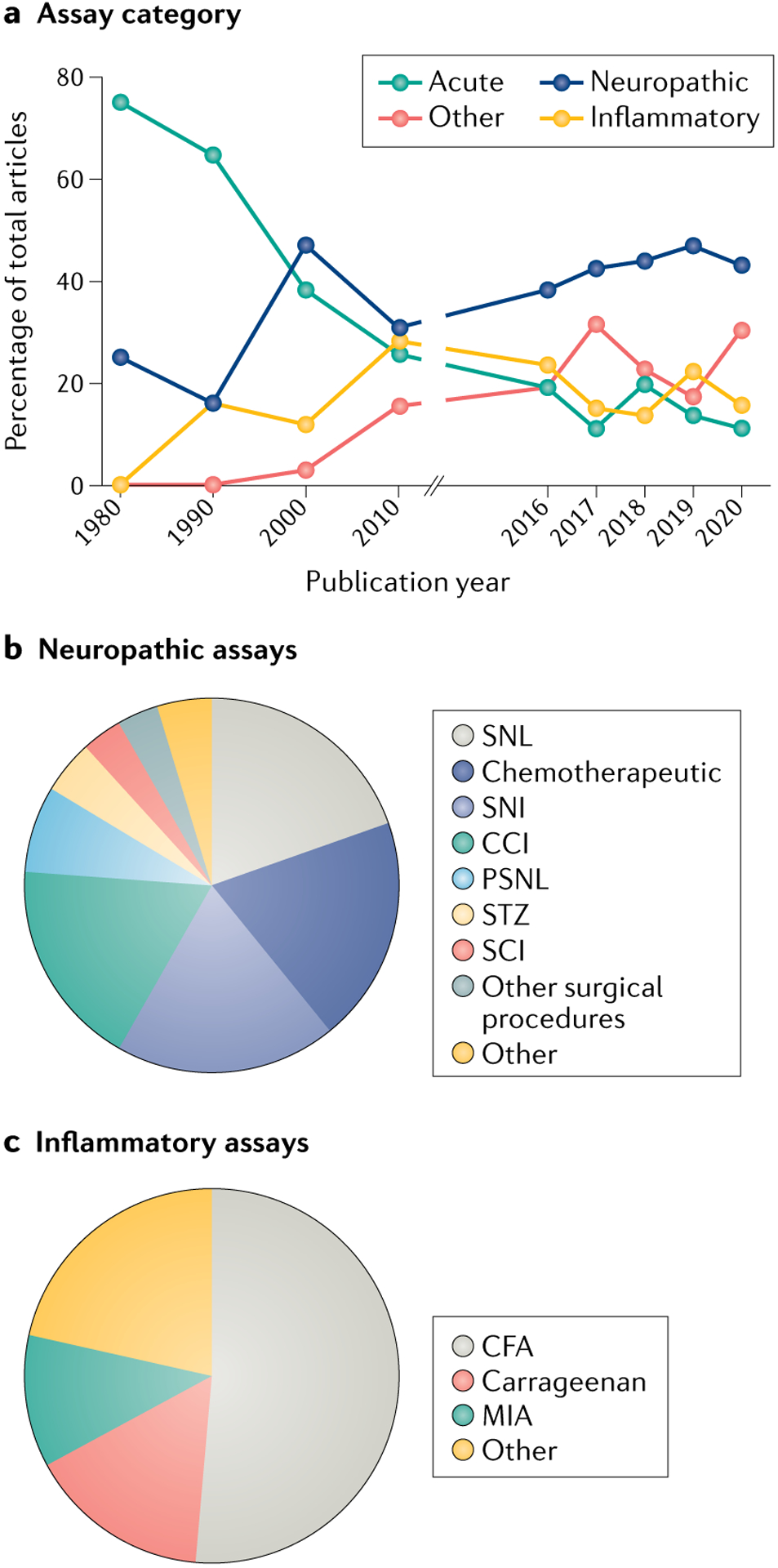Fig. 2 |. Analysis of animal pain assays used from 1980 to 2020.

The methods and results sections of preclinical reports published in the journal Pain in the years 1980, 1990, 2000, 2010, and 2016–2020 (506 articles) were coded for a variety of terms, including ‘assay category’ and ‘injury model.’ Pain was selected as the representative journal for this analysis; however, it is recognized that the restriction of the analysis to a single journal may have implications for the generalizability of the findings to the wider pain literature. Assays were defined as belonging to one of 12 categories; detailed categorical definitions and complete datasets are included in Supplementary methods and Supplementary data 1. a | Percentage of all studies published in Pain in the years listed that included acute, neuropathic, inflammatory or one of the nine other remaining categories of assays. b | Comparison of different types of neuropathic assays used in studies published in Pain between 2016 and 2020. The chart illustrates the percentage of total studies using each assay. c | Comparison of different types of inflammatory assays used in studies published in Pain between 2016 and 2020. The chart illustrates the percentage of total studies using each assay. CCI, chronic constriction injury; CFA, complete Freund’s adjuvant; MIA, monosodium iodoacetate; PSNL, partial sciatic nerve ligation; SCI, spinal cord injury; SNI, spared nerve injury; SNL, spinal nerve ligation; STZ, streptozotocin.
